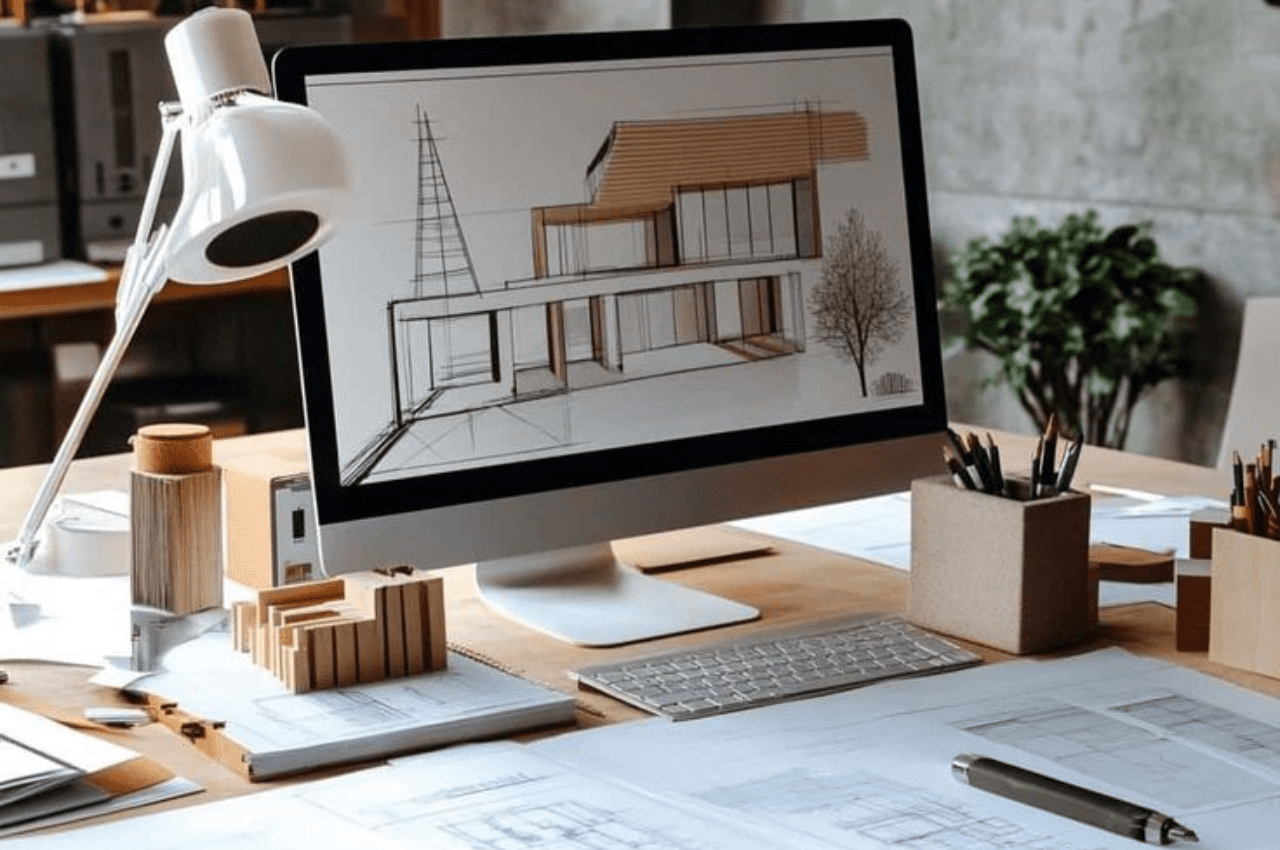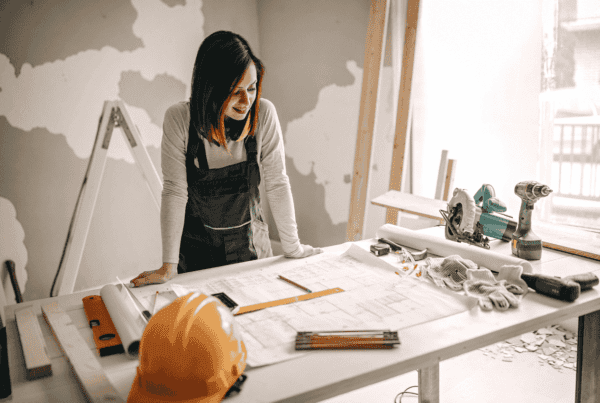Introduction
As we step further into 2025, the world of architecture continues to evolve at a rapid pace. From cutting-edge technology to sustainable materials and human-centric design, the trends shaping design and renovation this year are a reflection of both innovation and a deeper understanding of how our built environments affect our lives. Whether you’re an established architect or a design enthusiast, staying ahead of these trends is crucial to creating meaningful, future-proof spaces. Let’s explore the top trends every architecture designer should know in 2025.
1. Biophilic Design Goes Mainstream
Biophilic design isn’t new, but in 2025, it has officially become a staple rather than a luxury. This design philosophy, which focuses on incorporating natural elements into built environments, is now widely accepted as a standard approach to enhancing wellbeing.
Key Features:
- Living green walls and vertical gardens
- Indoor water features and natural stone
- Maximized natural light and ventilation
- Use of organic shapes and natural textures
Architects are using biophilic principles to not just beautify spaces, but to actively improve occupants’ mental health and productivity—especially in residential and office renovations.
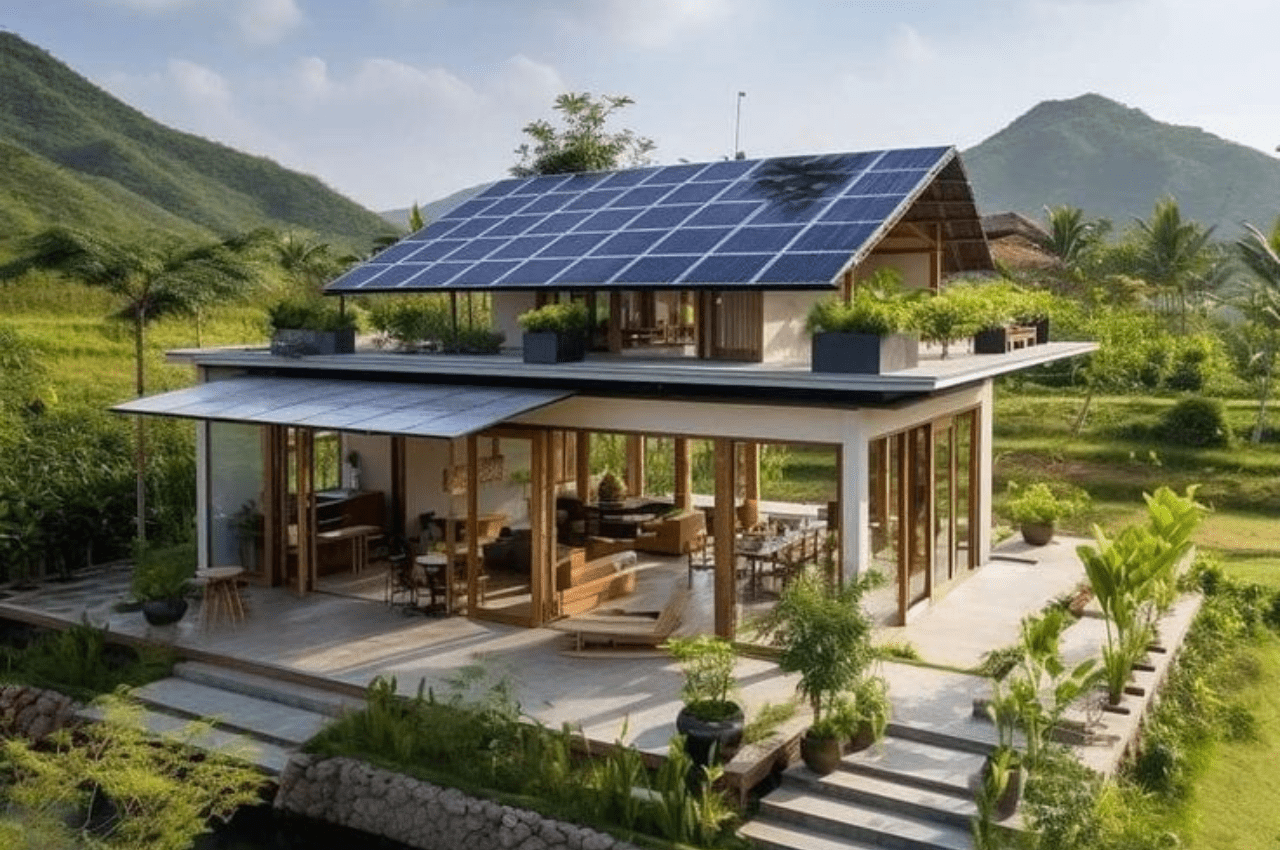
2. Net-Zero Energy Buildings
The push toward sustainability is stronger than ever, and 2025 marks a significant shift toward Net-Zero Energy Buildings (NZEBs). These buildings generate as much energy as they consume, often through solar panels, geothermal systems, and high-efficiency insulation.
What to Watch:
- Integration of passive solar design
- High-performance windows and insulation materials
- Renewable energy sources as standard features
- Smart energy management systems
More cities are introducing regulations favoring NZEBs, meaning that architects must adapt quickly or risk being left behind.
3. Adaptive Reuse and Circular Design
With urban space becoming increasingly scarce, adaptive reuse is emerging as a preferred approach over new construction. Circular design—reusing and repurposing materials—is at the heart of this trend.
Examples:
- Converting old warehouses into chic loft apartments
- Retrofitting outdated office blocks for mixed-use spaces
- Salvaging wood, bricks, or steel for reuse in new builds
This trend supports sustainability while preserving architectural heritage, making it popular among both developers and communities.
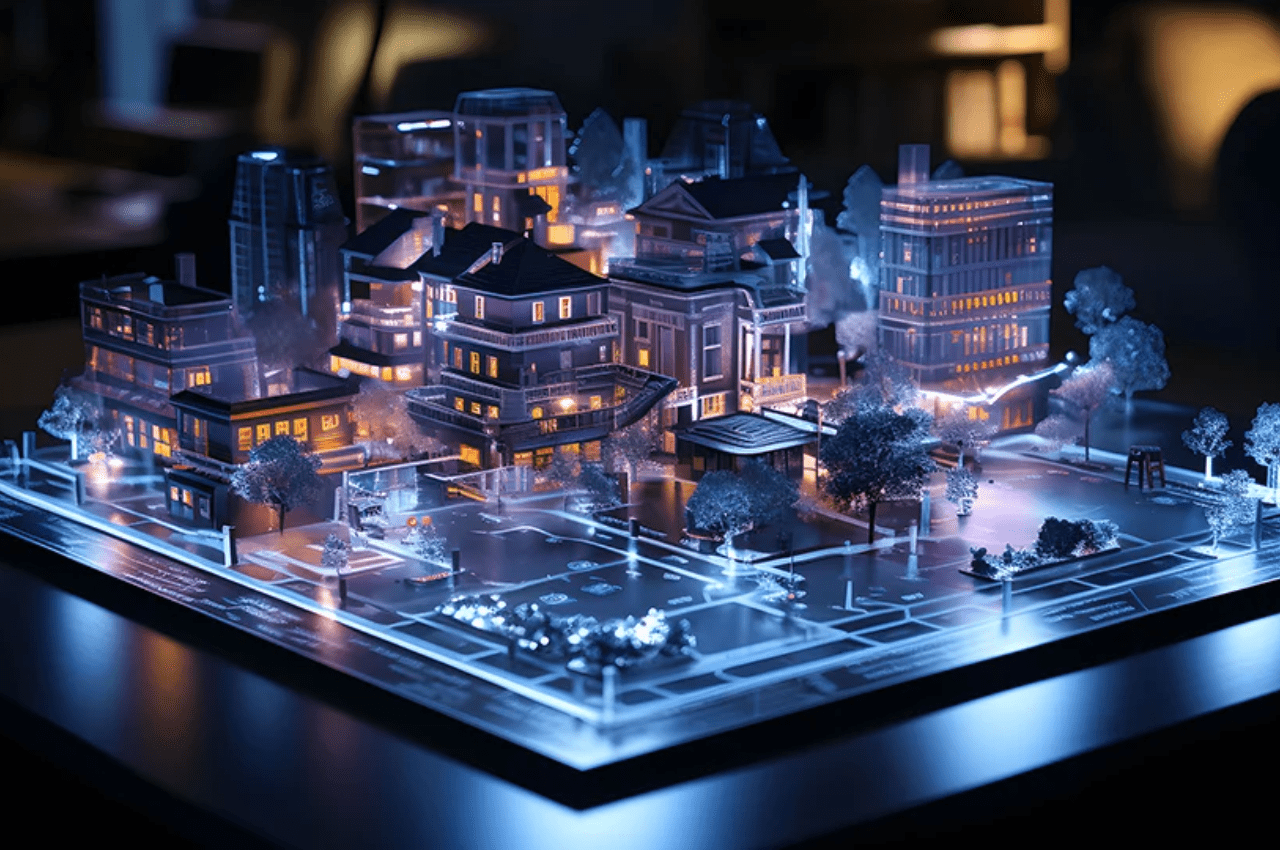
4. AI-Driven Design Tools
AI is revolutionizing how architecture designers conceptualize, draft, and refine their work. In 2025, AI-driven software can now generate design options, simulate environmental impacts, and even predict user behavior.
Benefits:
- Faster concept iterations
- Data-informed design choices
- Automated compliance checks with local codes
- Enhanced visualization with AI-generated renders
Programs like Spacemaker AI and Autodesk Forma are gaining traction, allowing architects to fine-tune projects with unprecedented precision.
5. Hybrid Workspaces and Flex Design
Post-pandemic shifts in how people work have led to a demand for hybrid and flexible spaces. Offices are no longer rigid; they must adapt to remote, hybrid, and in-person work setups.
Design Priorities:
- Modular furniture and partitions
- Acoustic zoning
- Wellness and social interaction zones
- Flexible meeting and hot-desk areas
The “resimercial” look—blending residential comfort with commercial function—is highly sought after in both new builds and renovations.
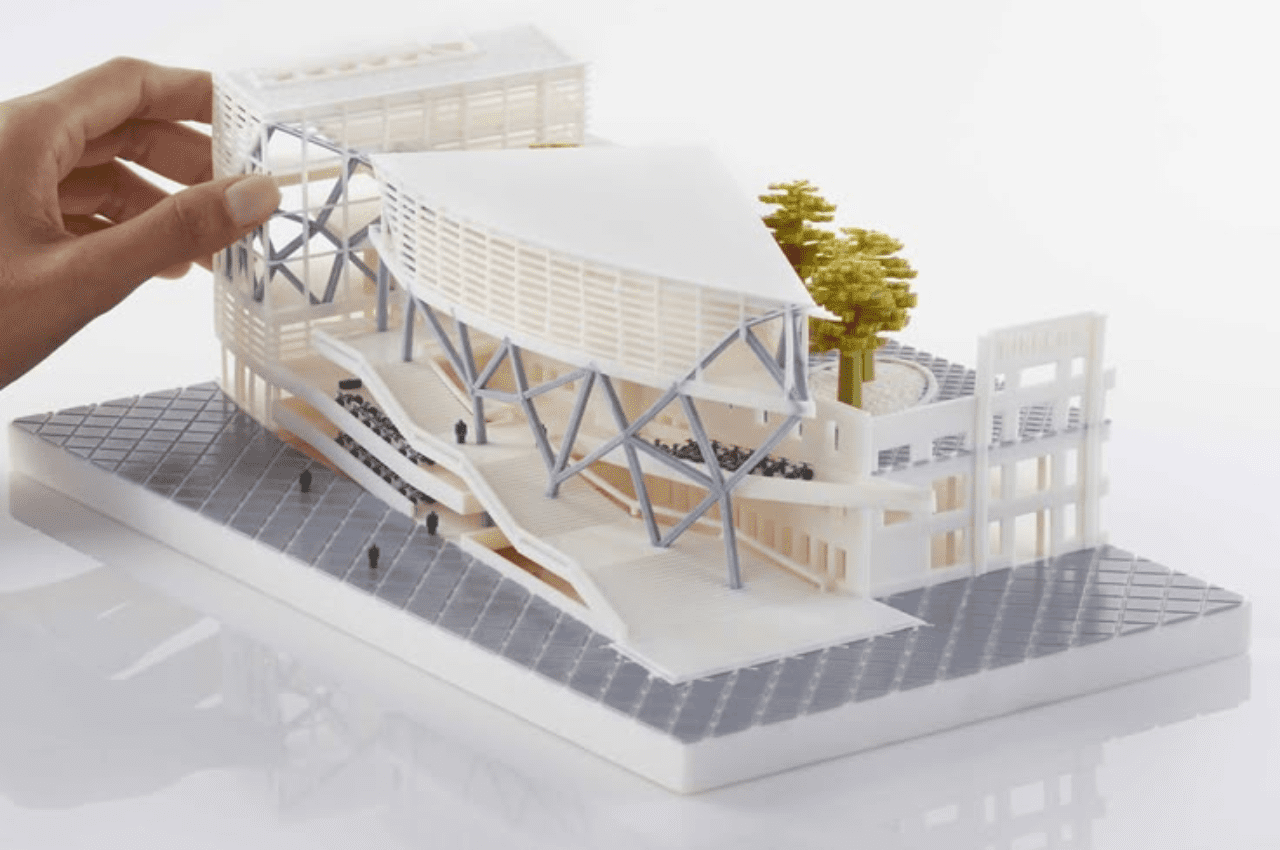
6. 3D Printing in Architecture
3D printing has grown from novelty to necessity in architectural design and renovation. In 2025, 3D-printed homes and components are not only viable but cost-effective.
Use Cases:
- Printing modular components for rapid assembly
- Customized concrete molds for complex forms
- Eco-friendly materials such as recycled plastics and clay
- Printing structural and non-structural elements onsite
This technology speeds up construction, reduces waste, and enables creativity previously constrained by traditional methods.
7. Smart Homes and IoT Integration
Smart home technology is no longer a luxury; it’s expected. Clients want homes that respond to their needs through the Internet of Things (IoT), voice control, and automation.
Popular Integrations:
- Lighting and climate control automation
- Security and surveillance systems
- Voice-activated appliances
- Real-time energy and water usage monitoring
Architects and designers must now plan layouts and wiring to accommodate this technology from the start, rather than treating it as an add-on.
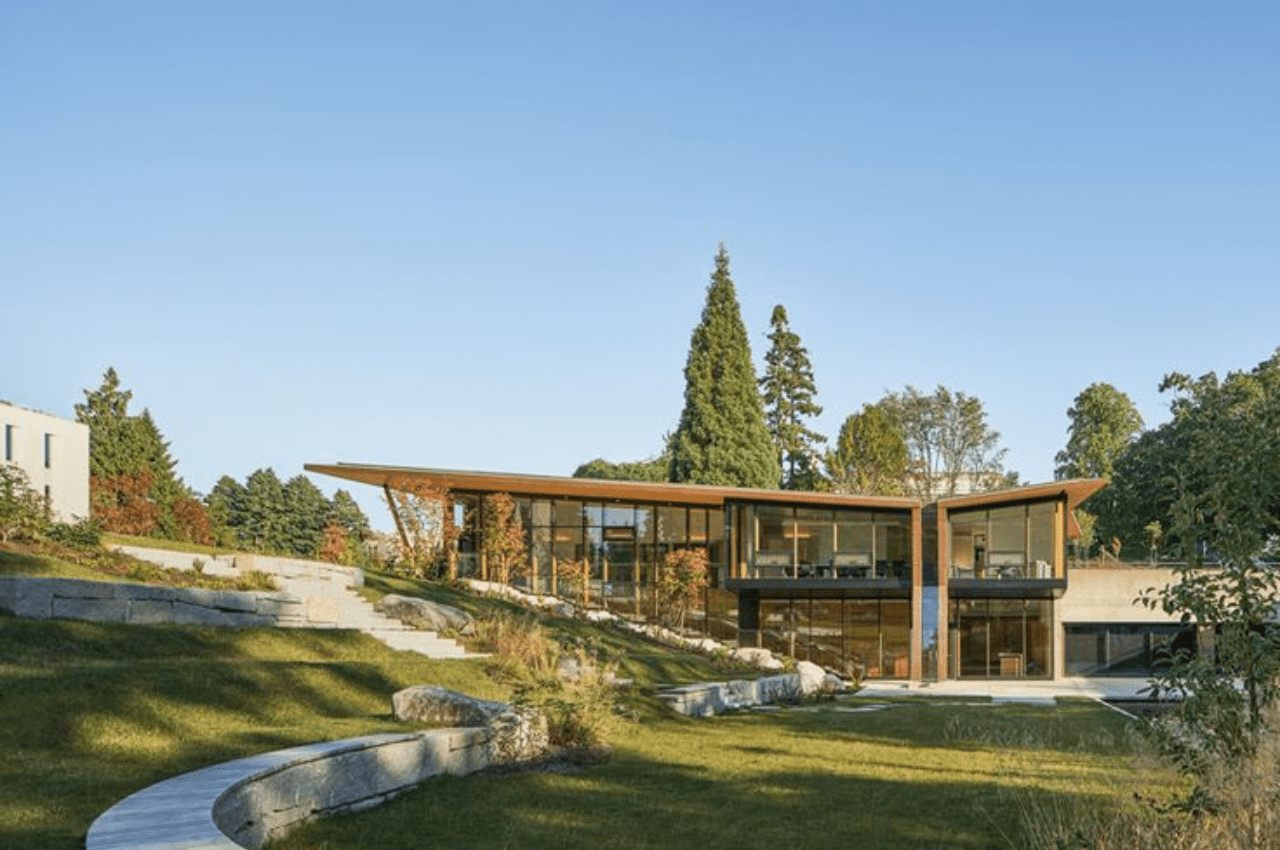
8. Climate-Responsive Architecture
With extreme weather becoming more common, architecture in 2025 must be climate-resilient. This includes designing for heatwaves, floods, and strong winds depending on geographic location.
Approaches:
- Elevated structures in flood-prone zones
- High albedo materials to reflect heat
- Double-skin façades for temperature regulation
- Rainwater harvesting and greywater recycling systems
Climate-adaptive strategies are being integrated into zoning laws, making it essential for architects to factor them into every project.
9. Minimalism With a Purpose
Minimalism is evolving. Instead of purely aesthetic choices, minimalist architecture in 2025 focuses on purposeful simplicity that aligns with sustainability, affordability, and wellness.
Characteristics:
- Open floor plans that emphasize flow and function
- Neutral, earthy tones with sustainable finishes
- Multi-functional furniture and storage
- Emphasis on natural light and ventilation
The result is a calming, clean space that promotes clarity, mindfulness, and cost efficiency—especially important in urban renovations.
10. Cultural and Community-Focused Design
In a globalized world, there’s a return to local culture, identity, and context in architectural design. Architects are now expected to design spaces that resonate with local narratives and community values.
Application:
- Using locally sourced materials and crafts
- Designing for intergenerational and communal living
- Incorporating art and symbols that reflect heritage
- Ensuring spaces are inclusive and accessible
This trend not only creates visually rich environments but also fosters deeper connections between people and places.
Conclusion
The architecture and renovation landscape in 2025 is shaped by a blend of technology, environmental consciousness, and human-centric values. Architecture designers must remain agile—able to adopt new tools, rethink old paradigms, and create spaces that are not just functional and beautiful, but also future-ready.


